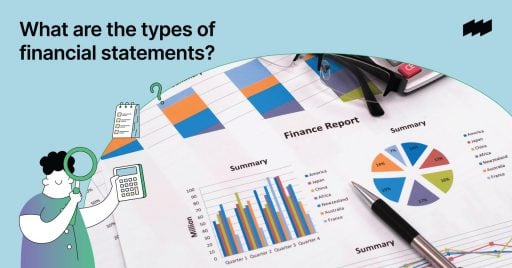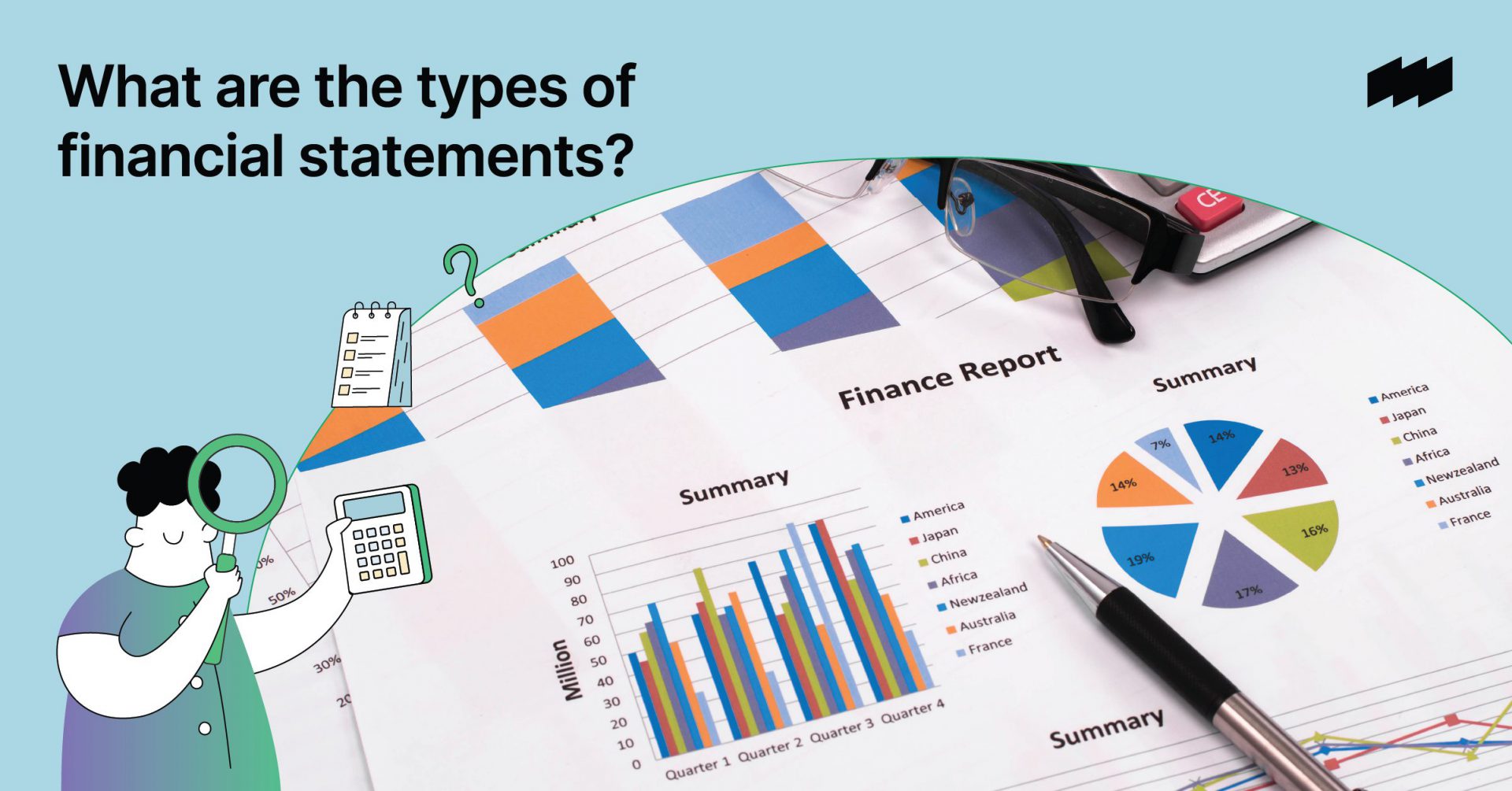Every business operates on a foundation of numbers, from the local cafe at the corner of your street to the multinational conglomerates that span the globe. These numbers, representing assets, liabilities, revenues, expenses, and cash flows, hold the secrets of the organization’s health, successes, areas for improvement, and growth potential. At the heart of understanding these secrets are the financial statements.
These aren’t just sheets filled with numbers and jargon. They are, in fact, the narrative of a company’s journey, encoded in financial language. This post aims to decode this narrative, simplifying financial statements’ often intricate and complex realm. By diving deep into these essential documents, we’ll uncover their significance, delve into their various types, and explore how they intersect to provide a holistic view of a company’s financial health.
What is a financial statement?
Ever wondered how businesses keep track of their financial well-being? At the heart of this lies the financial statement, a structured record that provides an overview of a firm’s financial activities over a specific period. These aren’t just mere numbers on a page; they weave a story about a company’s performance, shedding light on its profitability, financial position, and cash movements.
For stakeholders, from investors to employees, financial statements offer a clear window into a company’s viability and potential growth. They assist in making decisions, whether investing money, lending capital, or joining the firm. In essence, these pivotal documents are the financial footprints a company leaves behind, offering a detailed account of its journey.
Types of financial statements
Balance sheet
A business’s financial position at any given point can be viewed through its balance sheet. Think of it as a snapshot, capturing assets (what the company owns), liabilities (what it owes to others), and equity (the owner’s share) at a specific time. This intricate web of numbers provides insights into the firm’s financial stability and its ability to meet obligations.
However, while a balance sheet paints a picture of the company’s present, it doesn’t offer information on its operations over time. One needs to explore other financial statements for a deeper dive into its profitability or an understanding of where its money comes and goes.
Income statement
The income statement, often termed the profit and loss account, tells a tale of a firm’s operational performance over time. Dissecting revenues and expenses lays bare the company’s profitability or lack thereof. The bottom line here is net income, the result of revenues minus expenses.
Yet a high net income doesn’t necessarily denote a cash-rich company. Why? Because accounting practices allow non-cash expenses like depreciation. To grasp how cash moves, we delve into another crucial report.
Cash flow
No matter how profitable a business seems, it needs cash to sustain itself. The cash flow statement elucidates how money moves in and out of a company, segmented into operations, investments, and financing. Whether the firm generates adequate cash to keep the lights on or invests wisely is decoded here.
While all three statements possess distinct attributes, drawing parallels among them can offer deeper insights into a firm’s financial landscape.
Differences between balance sheet, income statement, and cash flow
Distinguishing these financial statements lies in understanding their purpose and the information they convey. The balance sheet offers a static view, spotlighting assets, liabilities, and equity at a particular juncture. It encapsulates the company’s net worth at that moment.
Contrastingly, the income statement chronicles the dynamic story of a firm’s operations over time, indicating profitability. It maps out revenues, subtracts expenses, and leads to net income. However, it might not reflect the actual cash position.
The cash flow statement bridges this gap, tracking the movement of cold, hard cash. While an income statement might display high profits, a cash flow report can reveal if the business struggles to generate sufficient cash. Knowing these differences ensures stakeholders interpret the data accurately and make sound decisions.
How to manage income statements, balance sheets, and cash flow
Crafting and interpreting these financial documents necessitate precision and understanding. Regularly updating and reviewing the balance sheet ensures assets and liabilities are recorded accurately, providing stakeholders with an accurate representation of the company’s financial status.
Similarly, a meticulously curated income statement empowers businesses to pinpoint revenue streams and manage expenses efficiently. Recognizing trends of increasing revenues or mounting expenses enables prompt action.
Lastly, ensuring positive cash flow remains crucial. A company can avert potential liquidity crises and capitalize on investment opportunities by keenly analyzing the cash flow statement. Employing specialized tools or software can streamline this process, making it more efficient.
The narrative of any company — its highs and lows, victories and challenges, aspirations and realities — is embedded deeply within its financial statements. When read individually, the balance sheet, income statement, and cash flow statement are like distinct melodies. However, when these melodies come together, they form a harmonious symphony, detailing every facet of the company’s operations and financial health. As stakeholders, business owners, investors, or even curious learners, diving into this symphony helps make informed decisions, gauge growth trajectories, and understand the company’s potential for future success.
Modern tools like online bookkeeping software simplify this process, turning what could be a daunting task into a seamless experience. So, as we wrap up our journey into the world of financial statements, it becomes clear that with the proper understanding and tools, anyone can become a maestro, orchestrating the financial symphony of their business.
Use WorkhyBooks to manage your company’s finances
Managing your company’s financial health can sometimes feel like navigating a labyrinth. Enter Workhy, your trusted guide for the world of online company formation in the UK, US, and EU without the constraints of residency or travel. But the prowess of Workhy doesn’t stop there. Introducing WorkhyBooks, among the pinnacle bookkeeping software solutions tailored for small businesses. Designed for simplicity yet loaded with features, it redefines efficiency. Ready to transform your financial management experience? Discover more at WorkhyBooks.







